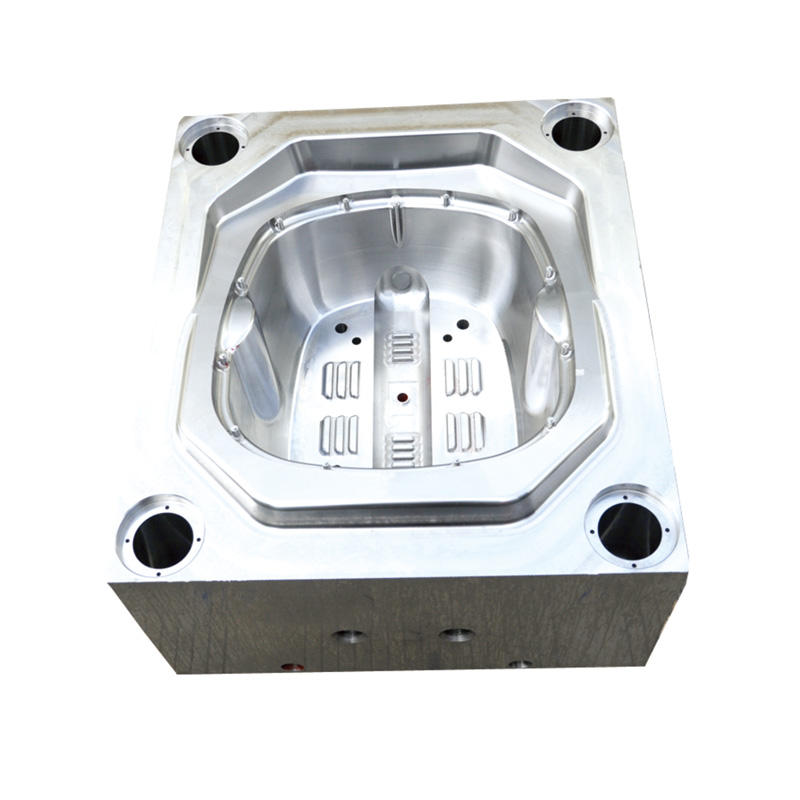Considerations regarding precision mold bases
2024-01-08
A precision mold base is a critical component in the injection molding process. It serves as the foundation for the mold, providing a stable and accurate platform for the mold's core and cavity inserts. The mold base is essential for creating precise and consistent plastic parts during injection molding. Here are key features and considerations regarding precision mold bases:
1. Material:
- Precision mold bases are typically made from high-quality materials, such as tool steel or alloy steel. The choice of material depends on factors like the expected production volume, the type of resin being molded, and the required durability of the mold.
2. Precision Machining:
- Precision mold bases undergo meticulous machining processes to achieve tight tolerances and high accuracy. CNC (Computer Numerical Control) machining is commonly used to ensure precision in the creation of the mold base components.
3. Compatibility with Inserts:
- The mold base is designed to accommodate various inserts, including the core and cavity inserts, which define the shape and features of the final plastic part. The precision of the mold base is crucial for maintaining the accuracy of these inserts.
4. Standardization:
- Many mold bases adhere to industry standards, such as those set by organizations like the DME (Mold Base and Mold Component Supplier) or HASCO (International Standard for Mold Components). Standardization facilitates interchangeability and compatibility between different mold components.
5. Cooling Channels:
- Precision mold bases often include channels for cooling water to help regulate the temperature during the molding process. Proper cooling is essential for achieving consistent part quality and minimizing cycle times.
6. Ejector System:
- The mold base incorporates an ejector system to efficiently remove the molded parts from the mold. The ejector system typically includes pins or sleeves that move in coordination with the molding machine's ejector mechanism.
7. Runner and Gate System:
- The mold base may feature components related to the runner and gate system, which directs the flow of molten plastic into the mold cavity. This system influences the molding process parameters and is designed for efficient material flow.
8. Alignment and Registration:
- Precision mold bases are engineered to ensure proper alignment and registration of the core and cavity inserts. Accurate alignment is crucial for producing high-quality, dimensionally stable parts.
9. Durability and Wear Resistance:
- Mold bases are subjected to repeated cycles of injection molding, and as such, they need to be durable and resistant to wear. High-quality materials and surface treatments contribute to the longevity of the mold base.
10. Customization:
- While standard mold bases are available, customization may be required for specific applications. Customized features may include special cooling arrangements, additional cavities, or unique configurations based on the requirements of the molded parts.
11. Surface Finish:
- The surface finish of the precision mold base is important for the appearance and quality of the molded parts. A smooth surface finish helps prevent defects in the final product.
Precision mold bases play a crucial role in the injection molding process, influencing the quality, consistency, and efficiency of plastic part production. Proper maintenance and care of the mold base contribute to its longevity and overall performance in the manufacturing process.



